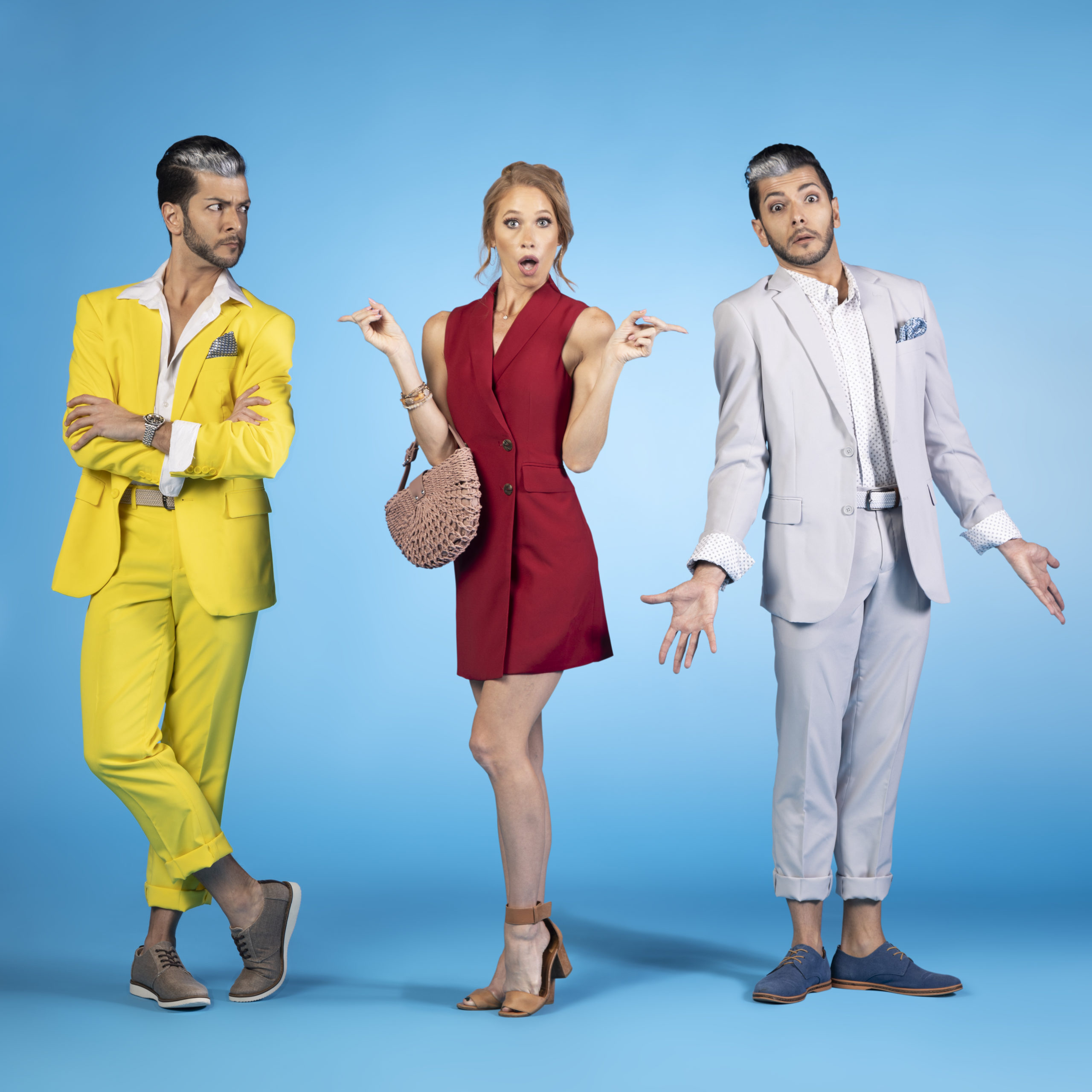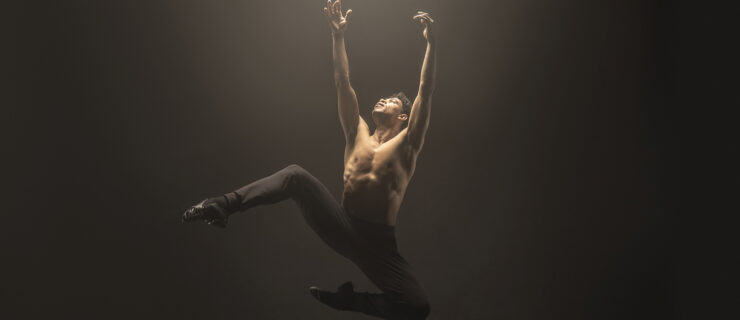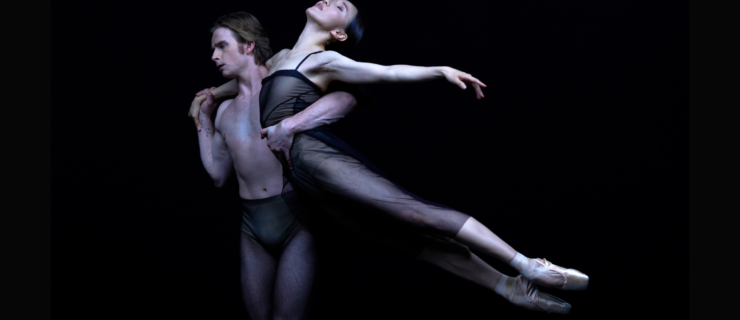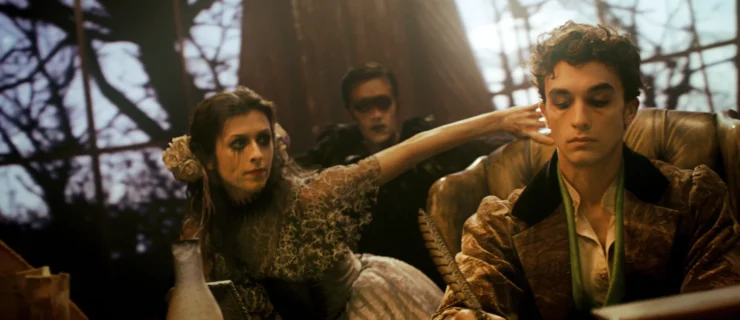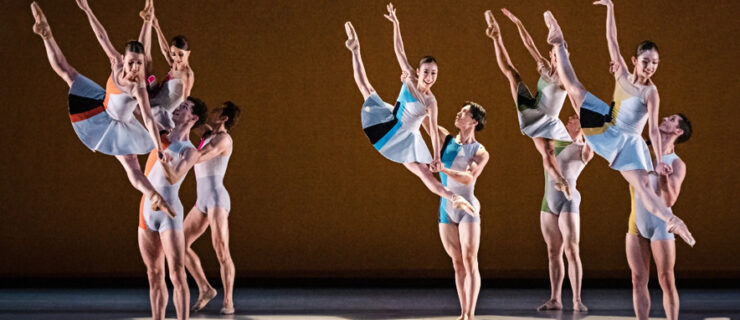Shakespeare’s “A Comedy of Errors” Comes to Sarasota Ballet—With a Modern Twist
Ever wondered what an island rave would look like in a ballet? Audiences will see for themselves at the world premiere of Sir David Bintley’s A Comedy of Errors, performed by Sarasota Ballet March 25–26. The new full-length puts a contemporary twist on the original Shakespeare play about two sets of identical twins separated at birth, and the follies that ensue due to mistaken identities.
Bintley has spent almost a decade planning and developing the comedy, which features a commissioned score by Australian composer Matthew Hindson and designs by Dick Bird. Pointe spoke with Bintley ahead of its premiere to talk about this brand-new production.
You’ve wanted to create A Comedy of Errors for a long time. What finally led to its premiere this year?
Matthew and I collaborated on two short pieces in 2009 and 2012. After the second one, he fell in love with writing for dance, and we knew we wanted to make a full-length evening piece together.
The real catalyst was when I came to Sarasota a few years ago and saw a triple bill. I told [artistic director] Iain Webb, “This company would be perfect for COE. It’s exactly the right size, and it’s got the right kind of feel.” He said, “Well, let’s do it!”
What has the creation process been like?
When COVID came along, in some ways it was good because it meant Matthew and I had two years to write the ballet. About a year in, we had most of the score and designs finished. I started choreographing last September for about three weeks, then went away with about 40 minutes done. I came back a month ago to complete the piece. It will be about 90 minutes; I think that’s an ideal length.
I’m always choreographing for the people in front of me, not someone in my head. I watch the dancers as people and try to capitalize on that. Because they’re in contemporary dress for COE, wearing the kind of things they might wear today, I think audiences who know them will enjoy it because they’ll be seeing their heroes. For instance, Ricardo [Graziano, a principal dancer] plays Tony, but he’ll look like Ricardo.
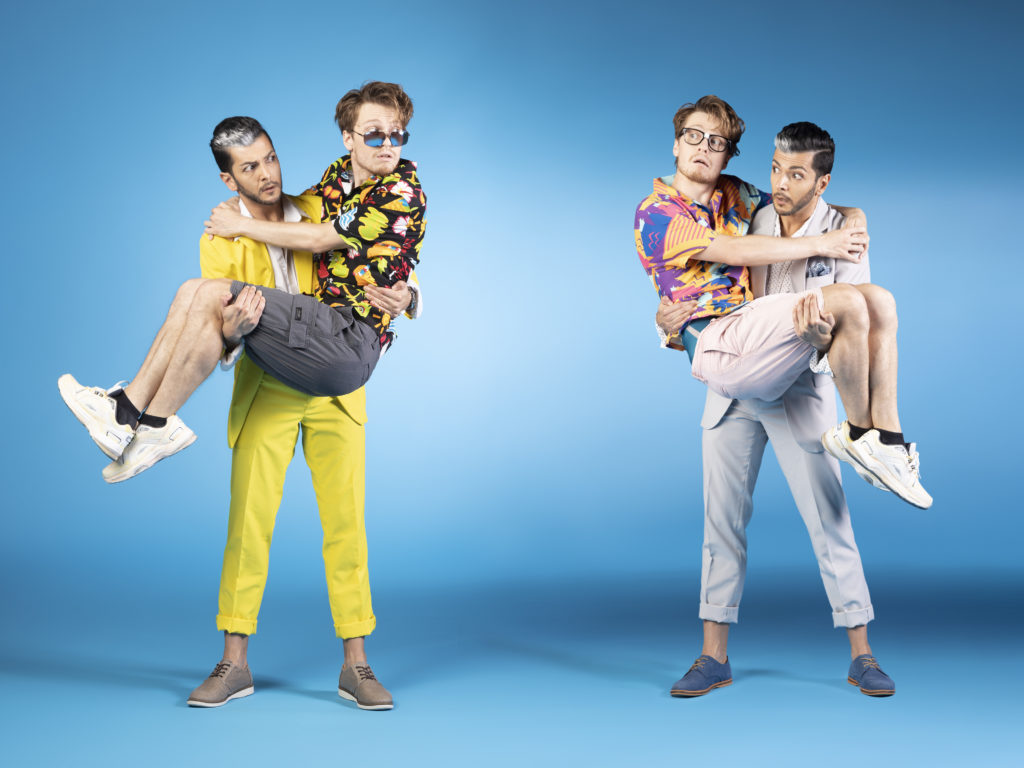
On that note, what may we expect the ballet to look like? The original play is set in ancient Greece.
It’s very modern—set around 2014, but it could be now. You’ll see props onstage you could buy downtown (because that’s where we got them, anyway!). There will be swimsuits and inflatables; we’re buying a lot of costumes off the peg.
My first act ends with a rave at night. The next begins with a big hangover the following morning, and there’s a beach wedding at the end. I had to rewrite the story quite a bit so it would make sense to a modern audience. The idea of characters taking sanctuary in an abbey would not work in Ibiza, nor would the original element of slavery.
Why Ibiza? Why a rave scene?
A lot of the score is based on Matthew’s flute concerto House Music, and I really wanted to capitalize on that. I knew I wanted the ballet to be updated and take place in the Mediterranean. I started thinking about Ibiza and the whole rave and party scene there—the dance music, the DJs, etc.
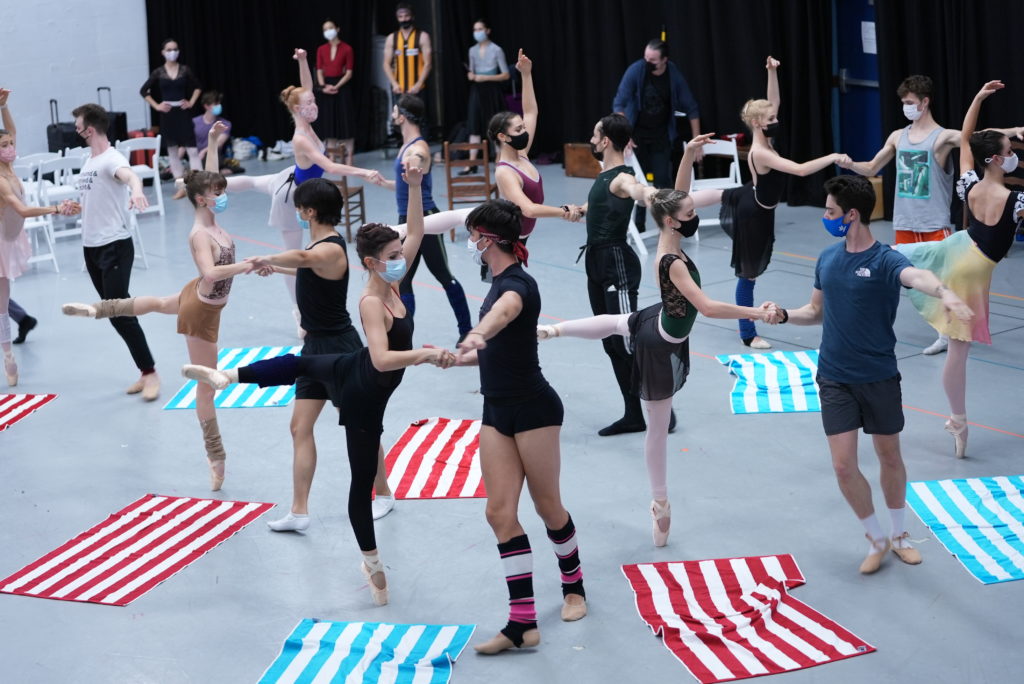
In Shakespeare’s play, there are two sets of identical twins. How are you going to pull that off in the ballet?
I saw a version of the play where the two sets of twins were so similar that it got incredibly confusing as to who was who. So, really, making them too similar can be a problem. The dancers will look enough alike that when you see them together, you’ll buy it, but you won’t mistake one for the other. They’ll wear the same costumes, share details in actions and mannerisms, and have exactly the same hair. One set of twins are redheads, and the other two have a Mallen streak [a genetic white-hair streak]. It’s a good device; their mother has it too.
Comedy can be difficult, especially in ballet. How have you chosen to tackle that?
I have huge respect for the really great comic choreographers—Cranko and Ashton. I spent my life dancing those ballets. When I pitched the idea to Iain, I said, “If this isn’t the funniest ballet ever made, then I’ve failed.” I’m not making that claim, but my aim is to make a ballet that is what every great farce should be: very funny and impeccably timed.
At the same time, the great thing about Shakespeare’s comedy is that it’s always moving. His characters are ordinary people making stupid mistakes and forgiving each other. I’d like that degree of pathos, as well. No matter the production of COE, when those sets of twins see each other for the first time and everything is revealed, it’s incredibly emotional.
